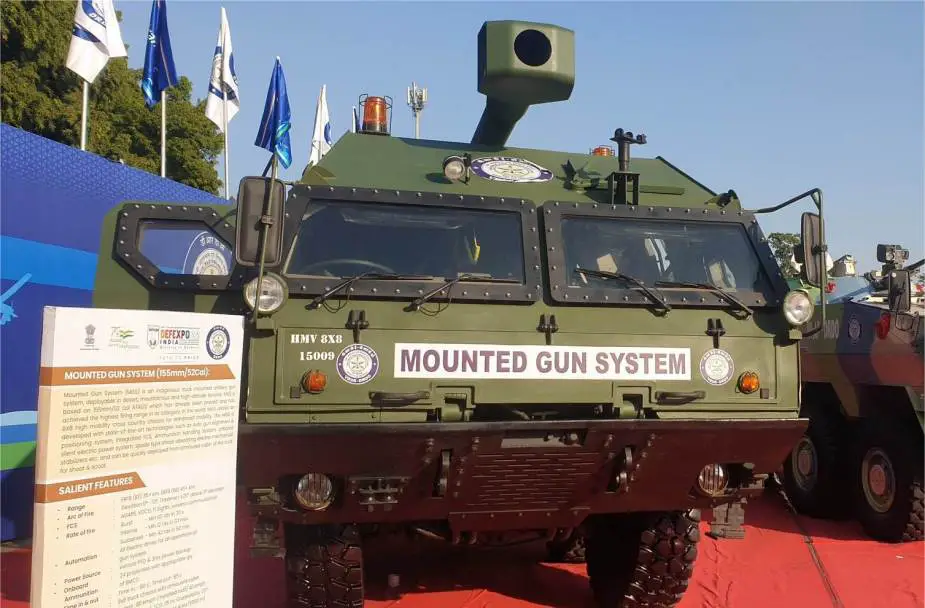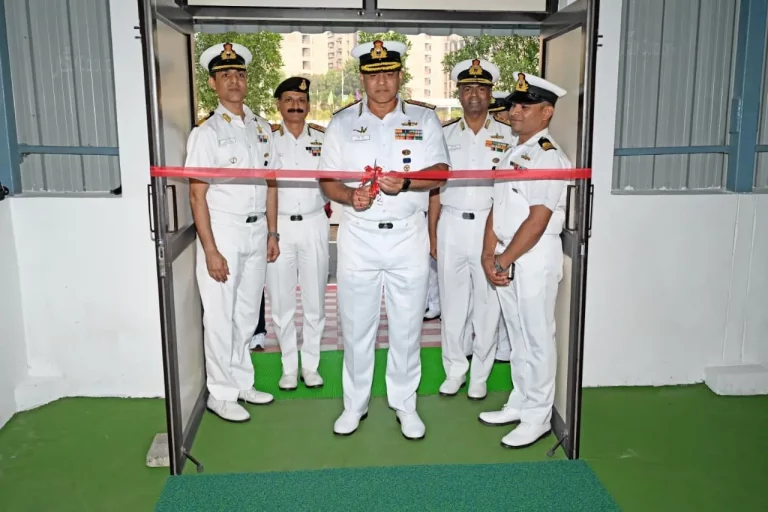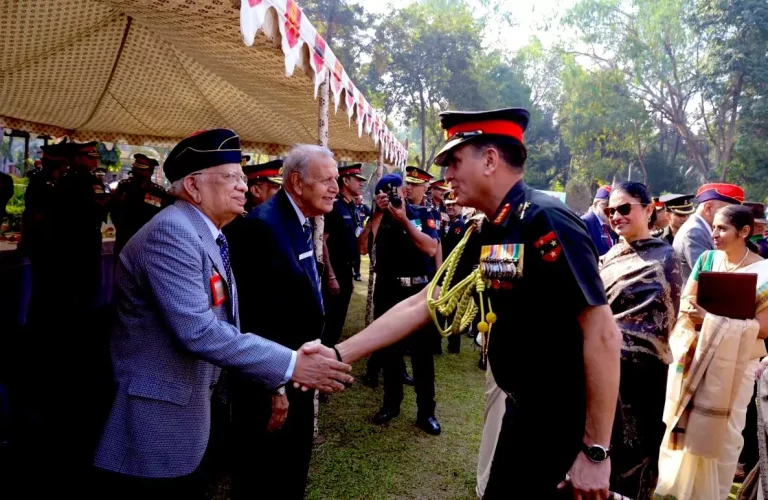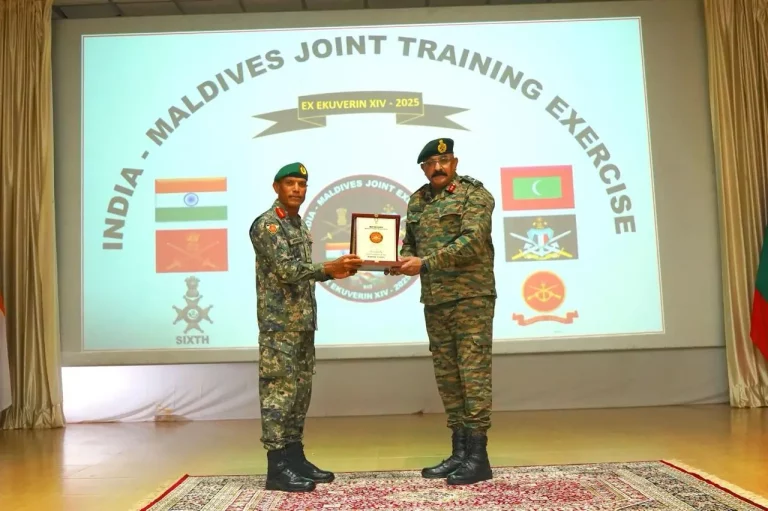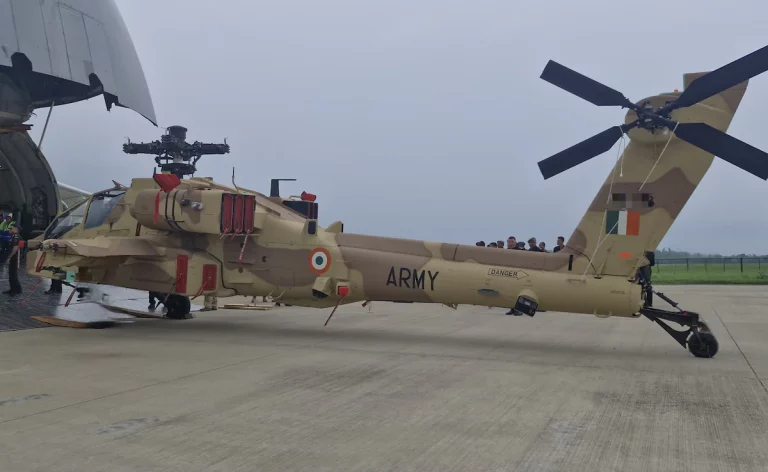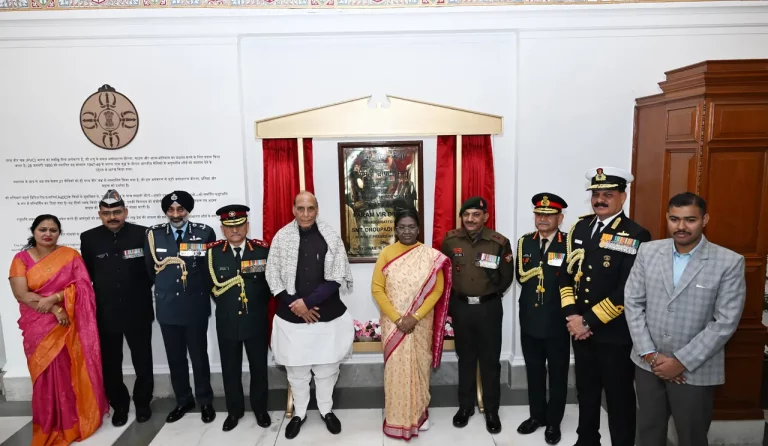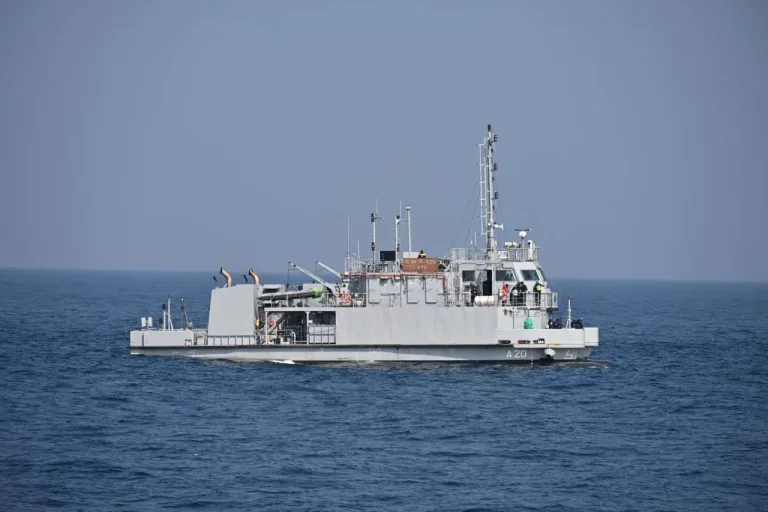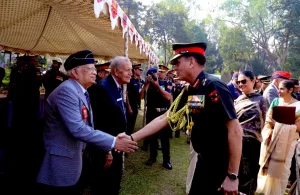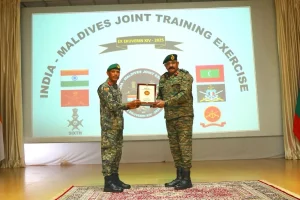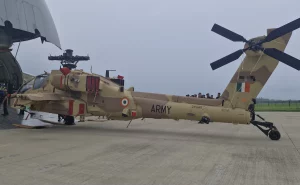The Indian Army is poised to commence trials for an advanced mounted gun system (MGS) designed to enhance its operational capabilities in modern warfare. This domestically developed weaponry boasts the ability to fire and relocate within a rapid timeframe of just 85 seconds, thereby providing a significant tactical advantage by minimizing exposure to enemy counter-battery fire. Officials from the Defence Research and Development Organisation (DRDO) confirmed that the trials will be executed across varied terrains and weather conditions.
The MGS, engineered at the Vehicles Research and Development Establishment (VRDE) in Ahmednagar, is a truck-mounted howitzer featuring a 155mm/52 caliber. It is derived from the advanced towed artillery gun system (ATAGS), known for its precision and effectiveness. With a firing rate of six rounds per minute, the system can accurately engage targets over a distance of 45 kilometers. Internal trials at sites in Balasore and Pokhran have already validated its performance, during which over 100 rounds were successfully fired.
Notably, the MGS is composed of up to 85% indigenous content, showcasing India’s commitment to self-reliance in defense manufacturing. Its advanced design includes shock-absorbing stabilizers, a blast-resistant armored cabin, and an onboard silent electric power supply—all complemented by an integrated electronic controller. This ensures enhanced mobility, allowing the system to keep pace with mechanized units while remaining rapidly deployable.
The Indian Army has sought preliminary trials for the MGS outside of the competitive bidding process established in 2023. Various firms are vying for a separate order of 300 mounted gun systems, including leading players like Bharat Forge Limited, Tata Advanced Systems, Adani Defence in partnership with an Israeli firm, and Advanced Weapons Equipment India Ltd.
In a significant step towards production, DRDO has transferred the technology for the MGS to Bharat Forge. The Indian Army anticipates a need for approximately 700 to 800 of these systems. Bharat Forge and Tata are already under contract to supply a total of 307 ATAGS units as part of a massive ₹6,900 crore deal signed in March 2025.
Officials indicate that the MGS offers advantages akin to those of the French Caesar and Israeli ATMOS systems, both of which have gained recognition for their swift mobility and quick repositioning capabilities during the Russia-Ukraine conflict. The upcoming evaluations in India are aimed at addressing the nation’s high-mobility artillery deficiencies.
This initiative aligns with a broader artillery modernization strategy that focuses on five key areas: transitioning to 155mm guns across all regiments, introducing longer-range precision rockets and missiles, procuring lethal munitions, enhancing surveillance and target acquisition units, and streamlining the sensor-to-shooter timeline.
In addition to the MGS, India is also in the process of inducting self-propelled K9 Vajra-T guns, with a repeat order valued at ₹7,629 crore executed with Larsen & Toubro in December 2024. Most of India’s recent artillery acquisitions, except for the US-imported M777 ultra-light howitzers, have been sourced from indigenous manufacturers, marking a significant advancement in the country’s military capabilities.
